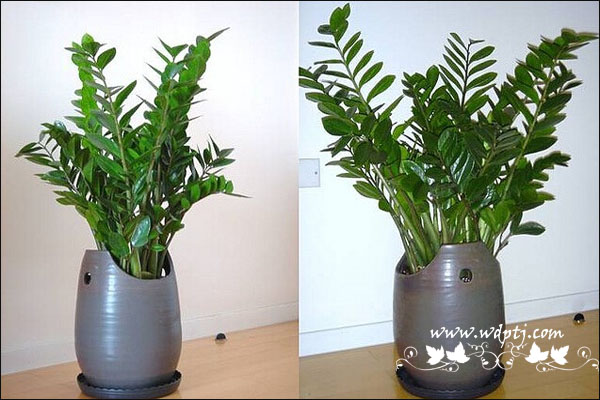Cumin interplanting technique
Cumin is a kind of plant with short growth period, cold tolerance, cold tolerance and fear of waterlogging. In order to make full use of land resources and improve the economic benefits of growers, cumin interplanting technology appeared. So which crops can cumin interplant with? In fact, there are many, the editor here is just a simple introduction to some of the most common natural interplanting crop planting techniques, hoping to help you.

1. Cumin interplanting corn
Cumin interplanting corn belongs to the combination of summer and autumn crops, so we should first understand the requirements of cumin on the planting land, and then integrate the needs of corn growth, and then carry out reasonable rectification of the planting land. Then use the coordination between cumin and corn to sow seeds reasonably. Because corn grows faster and the plant is taller than cumin, we usually sow cumin seeds well first, and then plant corn at a distance of 50 to one meter between rows, so that the permeability of the field can be adjusted reasonably. there will be no tiredness. In the early stage of planting, it is mainly to promote the growth of cumin, and then to promote the yield of corn in the later stage.
2. Cumin interplanting cotton
Cumin generally chooses sandy loam with complete desalination when growing cotton. The permeability of the soil must be good. The former crop is fennel or cotton can not be used for planting. The interplanting of cotton and cumin is generally divided into two ways: whole film interplanting and film interplanting. The biggest difference between the two is the way of sowing, but it is basically the same in planting management. Cumin grows faster than cotton, so we should first increase the yield of cumin, and then wait until cumin is harvested to promote cotton growth, so as to ensure the high yield and high quality of both.
3. Cumin interplanting castor
Cumin interplanting castor is the most common way of cumin interplanting. When planting these two kinds of crops, we had better choose the dry land with flat terrain, good drainage and soft soil, followed by the good desalination of the soil, and can not be planted in sandy soil and wind-blown sand areas. We must first sow castor seeds, and then sow cumin, otherwise the growth between the two is not well coordinated. Finally, it is reasonable to water, fertilize, and prune the castor.
4. Cumin interplanting safflower
Cumin interplanting safflower is actually very similar to cumin interplanting castor. Their planting topography and characteristics are basically the same, but fine sand needs to be added to the soil during soil preparation to improve soil permeability. Fine sand needs to be covered and watered before sowing. Cumin is usually sown in late March, while safflower needs to be sown in early April. Do not reverse the sowing time, otherwise it will affect their yield and quality. If the sowing time is wrong, the later stage of field management is also convenient.
The above are several common interplanting techniques about cumin that the editor would like to introduce to you today. The editor has not interpreted them in detail here. I hope you will understand. Of course, if you want to know more details, just move your fingers and follow us.
- Prev

Why is the tree yellow?
Why is the tree yellow? Either it was lack of nutrition or improper watering. This time, Li Xia picked up a money tree with yellow leaves and saw how the former owner raised it to grow it like this. Li Xia has something to say: As far as I know, many flower friends raise flowers, but they don't have the habit of changing pots.
- Next

Introduction to the culture methods of Chinese rose
Introduction to the culture methods of Chinese rose
Related
- Fuxing push coffee new agricultural production and marketing class: lack of small-scale processing plants
- Jujube rice field leisure farm deep ploughing Yilan for five years to create a space for organic food and play
- Nongyu Farm-A trial of organic papaya for brave women with advanced technology
- Four points for attention in the prevention and control of diseases and insect pests of edible fungi
- How to add nutrient solution to Edible Fungi
- Is there any good way to control edible fungus mites?
- Open Inoculation Technology of Edible Fungi
- Is there any clever way to use fertilizer for edible fungus in winter?
- What agents are used to kill the pathogens of edible fungi in the mushroom shed?
- Rapid drying of Edible Fungi

